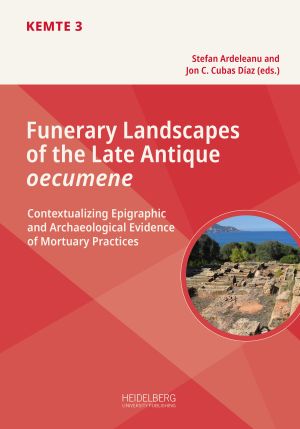Zitationsvorschlag
Lizenz (Kapitel)

Dieses Werk steht unter der Lizenz Creative Commons Namensnennung - Weitergabe unter gleichen Bedingungen 4.0 International.
Identifier (Buch)
Veröffentlicht
The Funerary Epigraphic Landscape of Late Antique “Asia Minor”
Abstract The conversion of Asia Minor to Christianity is a long-lasting process spanning several centuries, from the 1st to 6th c. AD. As written sources only provide episodic and fragmentary evidence, the spread of the new religion, albeit thoroughly studied, is still a complex phenomenon. Fortunately, however, we have a large amount of funerary inscriptions at our disposal, preserved throughout Asia Minor (especially in inner Anatolia, but also in some coastal necropoleis). Although less abundant than in the early Roman period, Late Antique epigraphic material in Asia Minor clearly reveals how Christianity influenced the phrasing, decoration and, above all, self-representation of individuals and families, who displayed and claimed a denominational affiliation.
Keywords epitaphs, epigraphic habit, Late Antiquity, Christianisation, funerary formulae, Asia Minor






